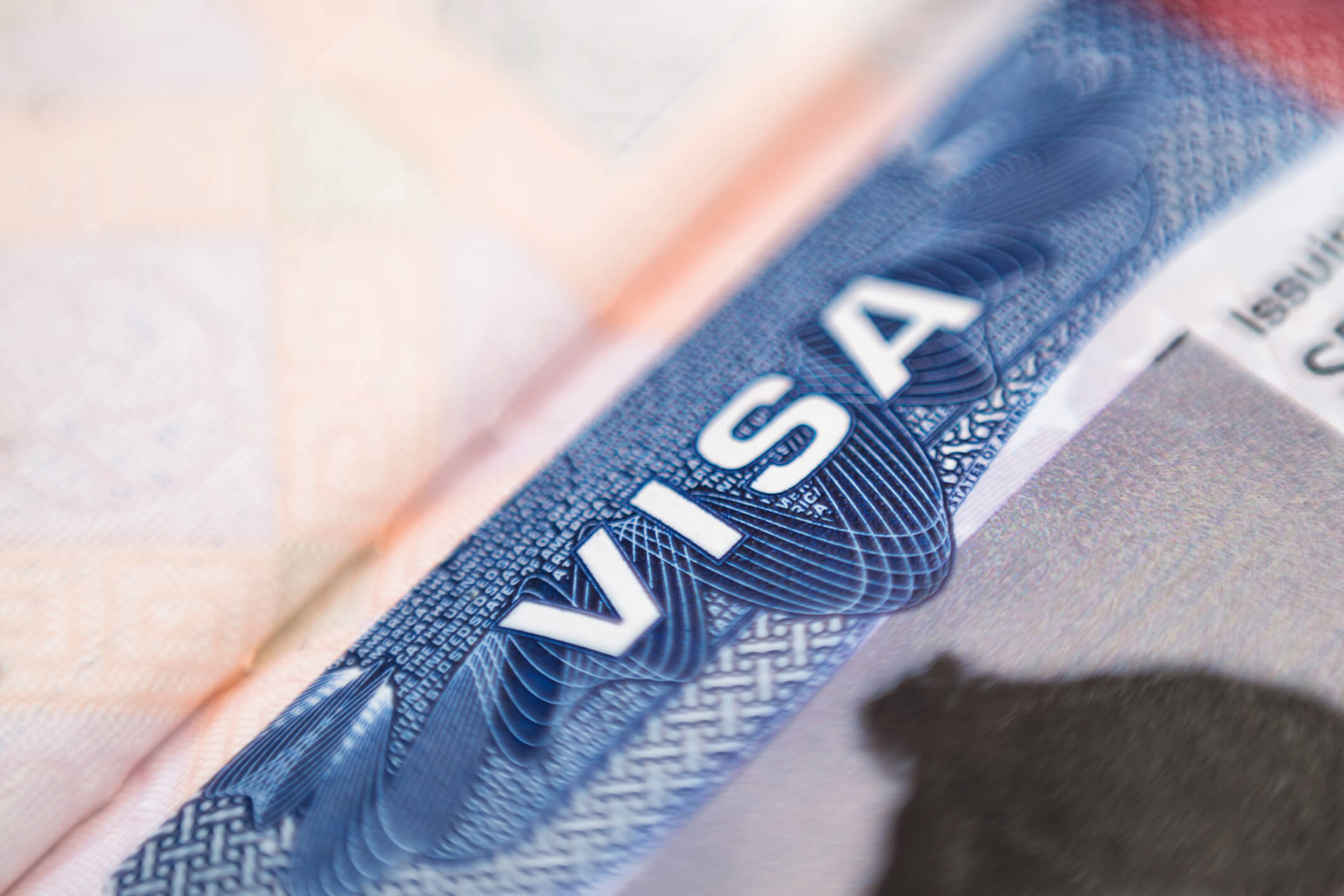On March 12, 2012, U.S. Citizenship and Immigration Services (USCIS) published additional clarification on what constitutes a valid “employer-employee relationship” to qualify for the H-1B “specialty occupation” classification. The guidance also discusses the types of evidence petitioners may provide to establish that an employer-employee relationship exists, and will continue to exist, with the beneficiary throughout the duration of the requested H-1B validity period.
Background
On January 8, 2010, USCIS issued a memorandum written by Donald Neufeld, Associate Director, Service Center Operations, entitled “Determining Employer-Employee Relationship for Adjudication of H-1B Petitions, Including Third-Party Site Placements” (“Neufeld memo”). The Neufeld memo imposed additional evidentiary requirements on employers filing H-1B petitions. In particular, the memo emphasized that an H-1B petitioner must prove the existence of a valid employer-employee relationship with the foreign national employee throughout the validity of the H-1B period. The memo specifically focused on independent contractors, self-employed beneficiaries and beneficiaries at third-party worksites.
Clarification and Additional Guidance
The additional guidance issued on March 12, does not change any of the requirements for an H-1B petition. Rather, it expands the types of evidence that USCIS adjudicators will consider when examining whether the employer-employee relationship exists.
Consulting and Staffing Companies
USCIS confirms that a staffing or consulting firm can demonstrate an employer-employee relationship if it can demonstrate, by a “preponderance of the evidence,” that it has the right to control the beneficiary’s work. A non-exhaustive list of relevant factors includes:
- Whether the petitioner will pay the beneficiary’s salary;
- Whether the petitioner will determine the petitioner’s work locations; and
- Whether the petitioner will perform supervisory duties, such as performance reviews, training and counseling for the beneficiary.
USCIS clarifies that the items listed above are only examples of evidence that may establish the petitioner’s right to control the beneficiary’s employment. Employers may provide similarly probative documents or any combination of documents to sufficiently establish that the required relationship between the employer and the beneficiary exists. USCIS further states that the employer should explain how the documentation provided establishes the relationship. USCIS adjudicators will review and weigh all the evidence submitted to determine whether a qualifying employer-employee relationship has been established.
End-Client/Third-Party Assignments
The new guidance clarifies that end-client/third-party letters, itineraries of services and contracts describing the relationship between the H-1B petitioner and end-client, while helpful, are not strictly required. As stated above, an employer may submit any combination of documents to establish the existence of the employer-employee relationship. USCIS adjudicators will then weigh all the evidence submitted to determine whether the petitioner has met the burden of proof.
USCIS Reaffirms that Adjudicators Have Ultimate Discretion
In addition to clarifying the specific types of evidence a petitioner may provide, the guidance reaffirms that it is ultimately within the discretion of the USCIS adjudicator to determine if the evidence submitted establishes the requisite relationship. The adjudicators will review the “totality of the circumstances” when making a determination as to whether the employer-employee relationship exists. Therefore, while a petitioner might submit several types of documentary evidence to establish the existence of the necessary employer-employee relationship, the new guidance confirms USCIS’ position that the adjudicator has ultimate authority to determine eligibility for H-1B classification.
Practical Impact of the Neufeld Memo and Updated Guidance – An Increase in USCIS Site Visits
There has been a sharp increase in the number of Requests for Evidence issued in connection with cases involving consulting agreements and third-party placement of H-1B employees. Furthermore, as enforcement of the H-1B program remains a top priority for USCIS, the number of administrative site visits to U.S. employer sites has substantially increased.
The California Service Center (CSC) recently notified certain stakeholders that USCIS will be ramping up “administrative site visits” in connection with H-1B petitions filed by U.S. employers. Other USCIS service centers are expected to follow suit. USCIS has advised that petitioners should be prepared for administrative site inspectors to ask questions that pertain to any aspect related to the terms and conditions of employment, including job duties, salary, work location, and work hours.
The primary goal of the administrative site visits, which are conducted as part of the USCIS anti-fraud initiative, is to confirm the terms of employment as indicated in the H-1B petition. Administrative site visits are typically unannounced and may take place at the employer’s place of business and/or the H-1B beneficiary’s work location (i.e., the end-client site). During these site visits, the USCIS investigator may ask to speak with the employer representative who signed the petition for H-1B status and the H-1B employee. Any unresolved discrepancy regarding the employee’s location, job duties or wage may lead to the revocation of the approved H-1B petition and a finding that the petitioner violated the terms and conditions of employment. Employers should be particularly careful that the H-1B public access files are in order.
The CSC advises petitioners, who anticipate that the beneficiary will work off-site, to provide a detailed itinerary with the H-1B petition, including a list of all employment worksites, and to ensure that the Labor Condition Application corresponds to all locations as necessary. If an H-1B beneficiary is at an end-client site that is not overseen by the H-1B sponsor, the employer should notify the end-client about the possibility of a site visit to their facility. The end client should be made aware of the identity of the H-1B employer and review the terms of the assignment.




